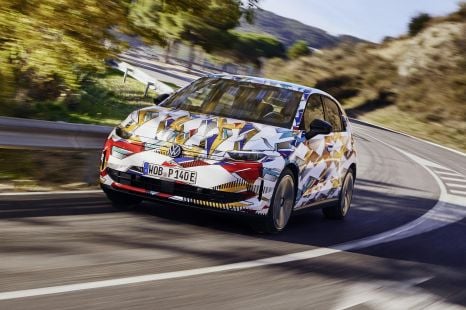

William Stopford
Volkswagen ID. Polo: Electric city car detailed, but petrol power not dead yet
6 Days Ago
A grey Golf in base spec isn't a recipe for excitement, but the new one is typically solid and composed, with bolder tech. It's a bit pricey though...

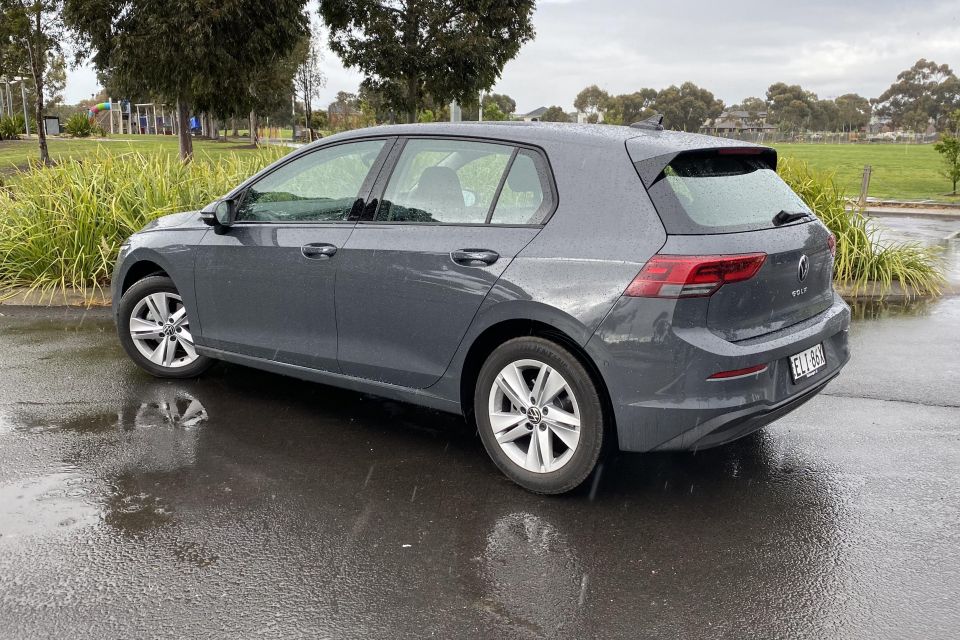

Senior Contributor
New from
$31,950
excl. on-roads

Senior Contributor
New from
$31,950
excl. on-roads


Senior Contributor
New from
$31,950
excl. on-roads

Senior Contributor
New from
$31,950
excl. on-roads
Quickly see how this car stacks up against its competition. Select any benchmark to see more details.
Where expert car reviews meet expert car buying – CarExpert gives you trusted advice, personalised service and real savings on your next new car.
The arrival of a new-generation, heavily updated Volkswagen Golf is less impactful than it used to be. SUVs now dominate the sale charts.
Yet no vehicle is more emblematic of its brand than this. For many buyers a base Golf offers a first taste of Euro ‘prestige’, a notion based on fact and in reputation.
Here we review the eponymously named entry level Golf with as many frills stripped away as possible to get to its evolved core.

Until a few years ago you’d easily drive away in a base Golf for somewhere around $25,000, but the whole market has changed.
Volkswagen has opted to fit the entry model with more power and more tech – and to up the price of entry.
The entry Mk8 Volkswagen Golf driven here with the automatic transmission costs $32,150 before on-road costs, equal to about $37,000 drive-away.
This means the new base Golf auto costs about $4000 more than the 2020 equivalent, and about $2000 more than the tier-two Comfortline grade did.
A top-of-the-range Toyota Corolla ZR is $32,695 before on-roads, a high-level Hyundai i30 Hatch Elite $30,220, and a mid-range Mazda 3 G25 Evolve $31,190.
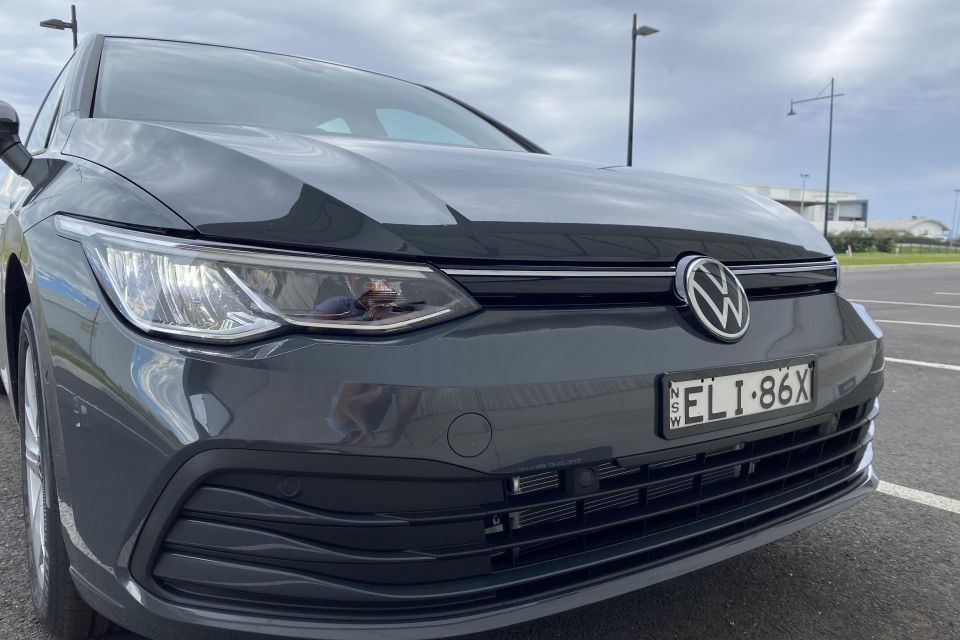
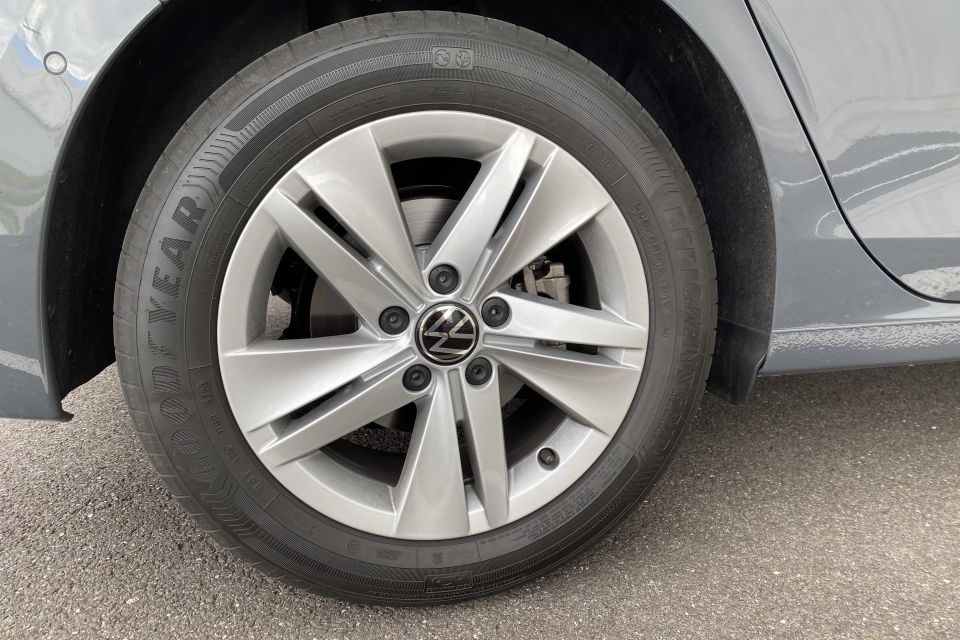

Buy your new car without the stress. It's fast, simple and completely free.

Great service from Travis and team, second time I have used this business would not hesitate to recommend them to anyone
Craig C.
Purchased a Ford Ranger in Sunshine Coast, QLD
CarExpert helped Craig save thousands on his Ford Ranger, now let us save you on your next new car.
Find a dealSo, does a premium entry price mean a premium level of specification? Standard equipment on the base model includes:
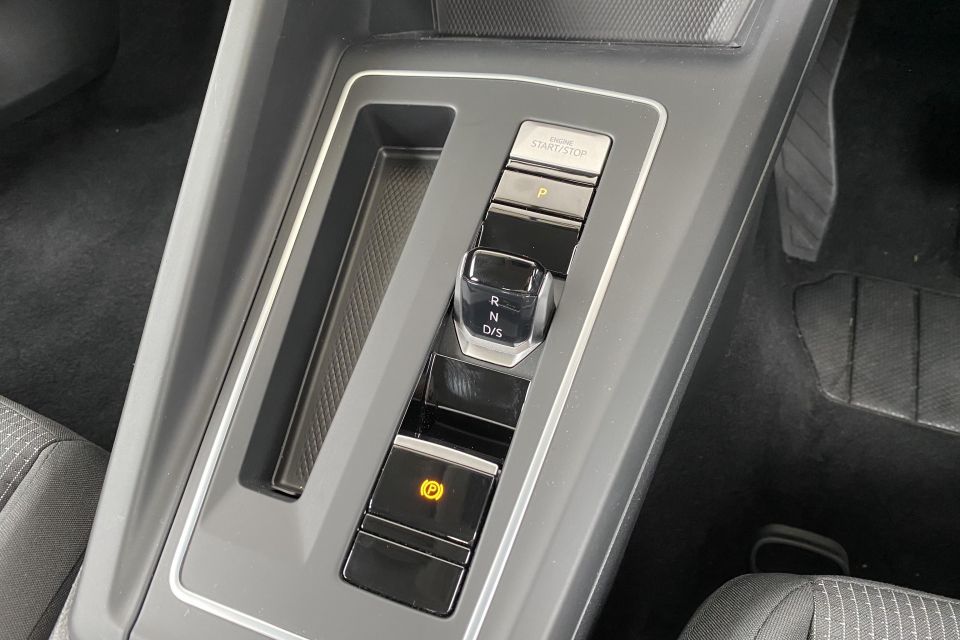
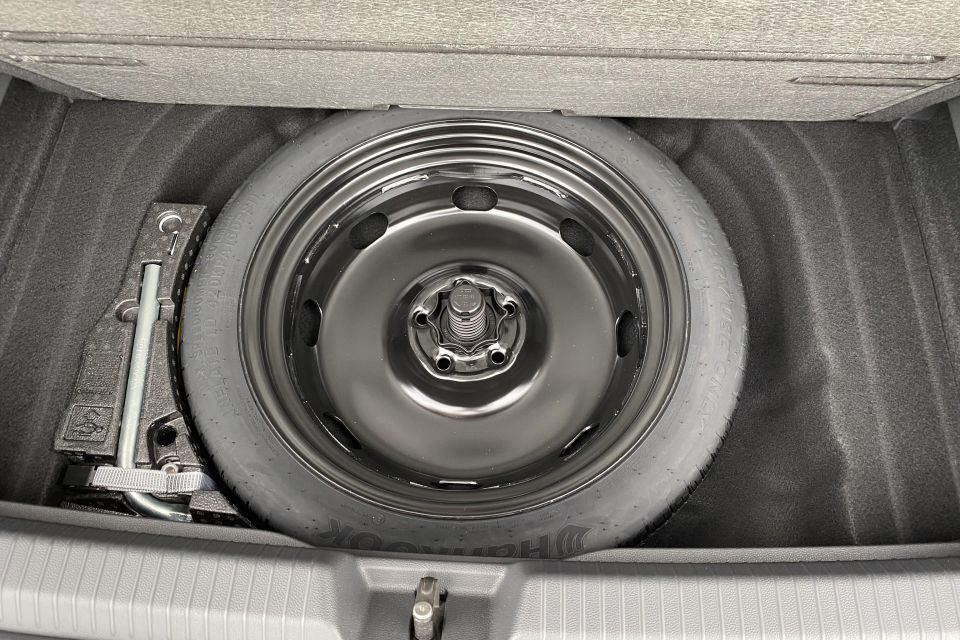
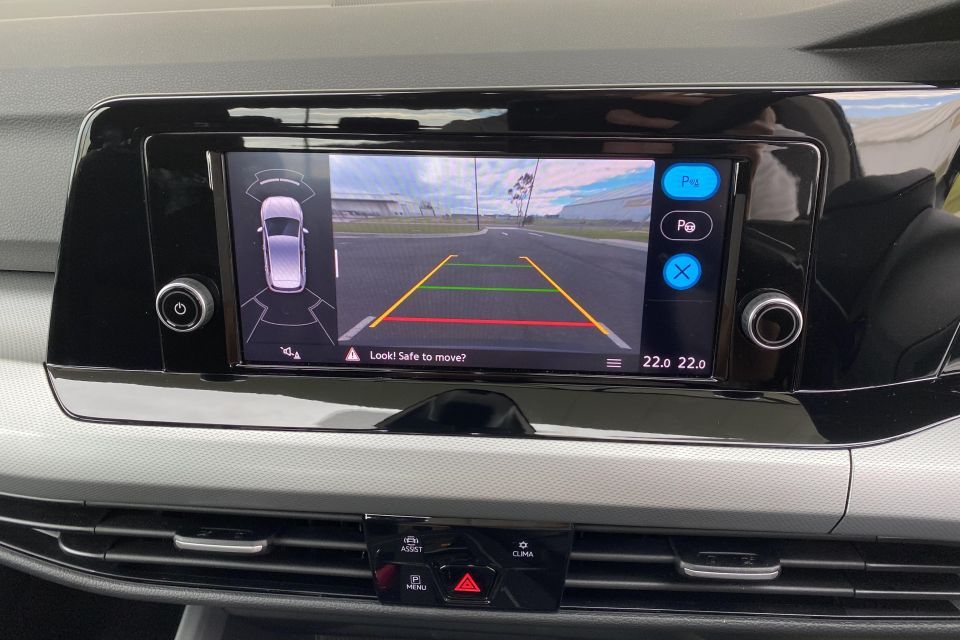
Above the $31,950 before on-road costs Golf tested here are the better-specified Golf Life ($34,250), sporty-looking Golf R-Line ($37,450), and hero Golf GTI ($53,100).
For another $2300 the Golf Life gains features such as better digital instruments, a 10-inch touchscreen with sat-nav, racier 17-inch wheels, proximity key access, and plusher seat material.
This weakens the value equation for the base Golf to the point where I reckon you’d be a bit silly not to get the Life, contingent on stock.
MORE: 2021 Volkswagen Golf price and specs
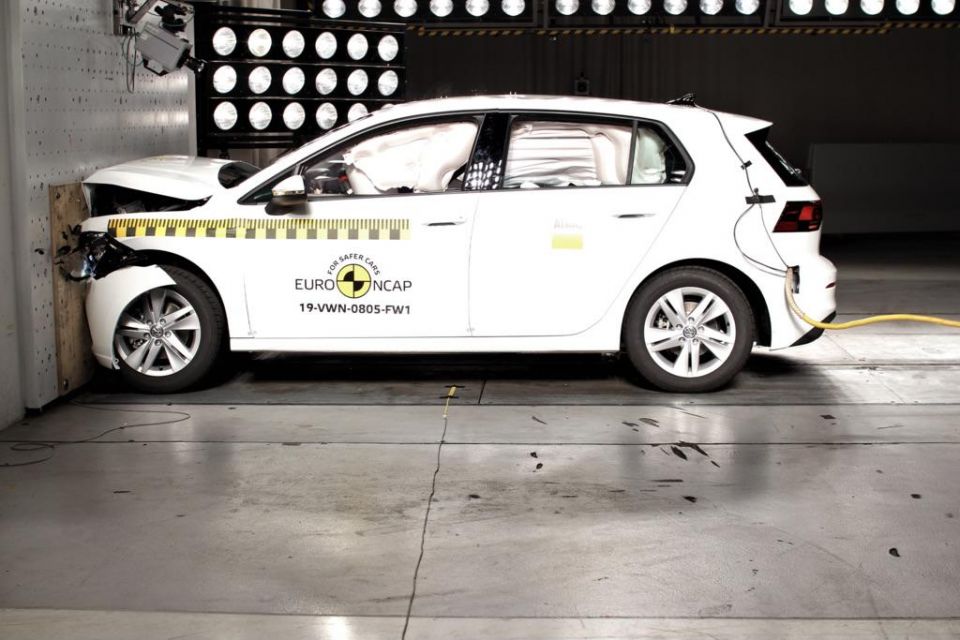
Crash tester ANCAP awarded the Golf a maximum five-star rating with a 2019 date stamp.
It scored 95 per cent for adult occupant protection, 89 per cent for child occupant protection, 76 per cent for vulnerable road user protection, and 80 per cent for safety assist.
Passive safety hardware includes dual-front airbags, side airbags in both seat rows, and full-length head-protecting curtain airbags (so, eight total). There’s no front-centre airbags however, nor one for the driver’s knee.
There are also ISOFIX and top-tether child-seat anchor points, and multi-collision braking.
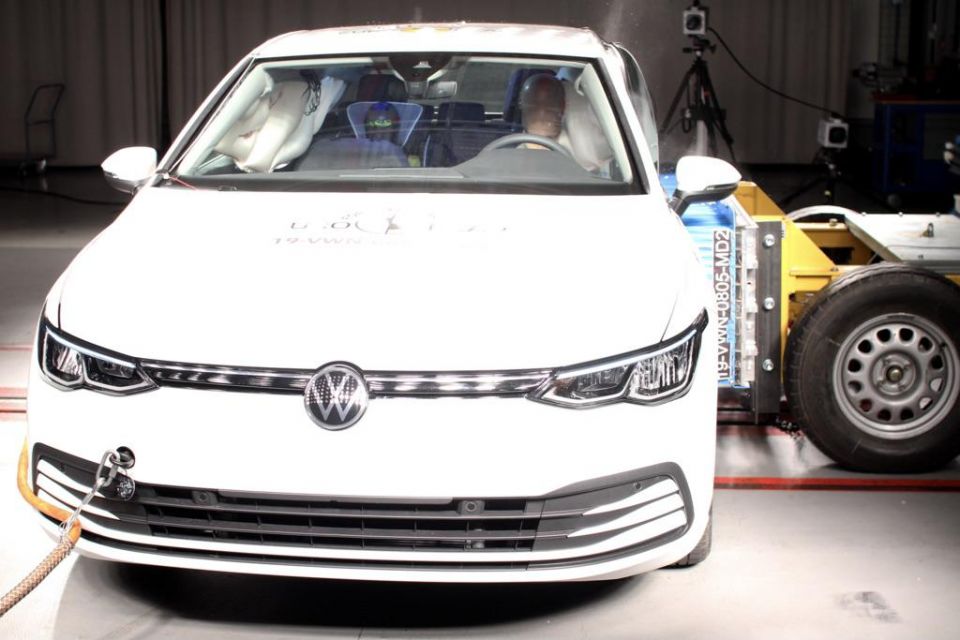
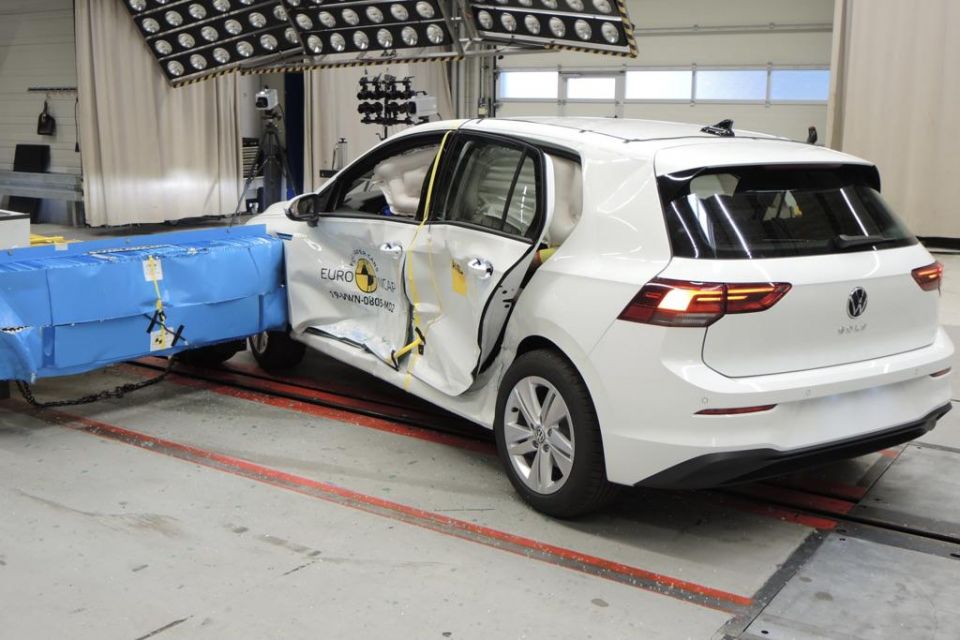
All Golf grades including this base one get most of Volkswagen’s driver-assistance features, which include:
Moreover it all worked well on my test drive, subtle and not too interventionist. For example it smoothly steers you away from road lines, and barks clear obstacle warnings before slamming on brakes without notice.
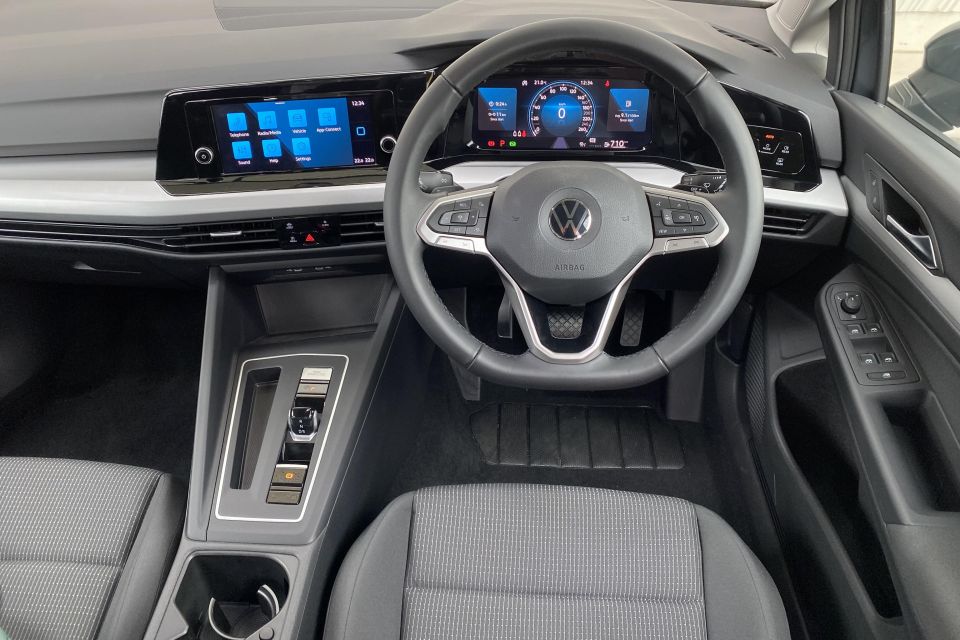
While much has changed, much is also familiar.
The Golf’s doors still close with a satisfying thunk, the transmission tunnel is bolted down so solidly it won’t move a millimetre, and the door bins are again lined with fabric.
Moreover the breadth of seat and steering wheel movements ought to make almost anyone comfy regardless of their proportions. This is among the most global of cars after all.
The dash is very stripped back and simple, about as clean and fuss-free as it gets. Plus the tasteful use of silver trims along the dash and tunnel looks schmick.

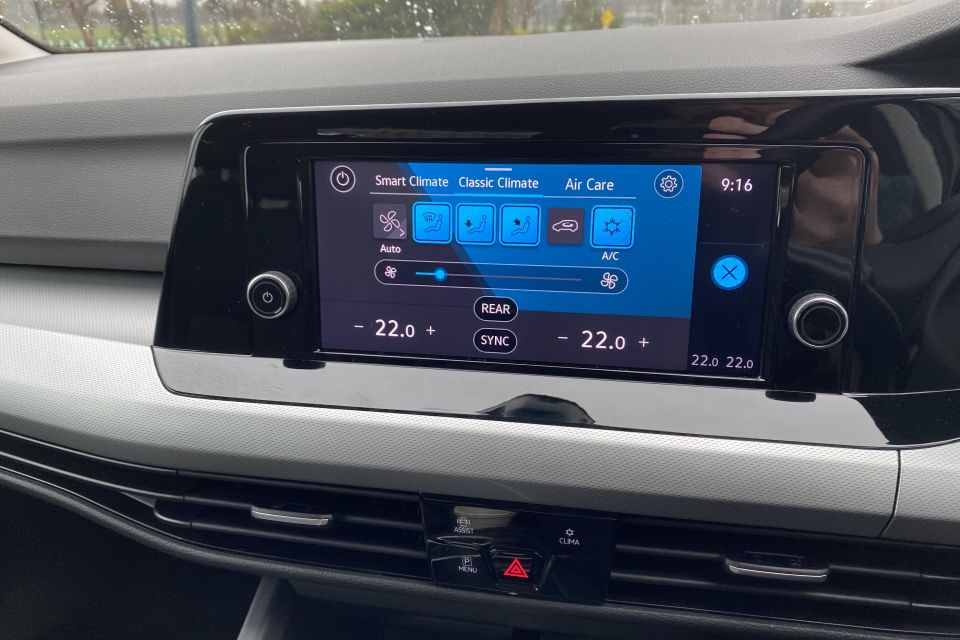
The digital instruments look contemporary and load quickly, and give you customisable views of the speedometer, tachometer, driving data and driver assistance systems.
That said, the cluster in the more expensive higher-grade Golfs make this one look a little plain Jane by also showing turn-by-turn navigation.
The steering wheel is nicely stitched, and has a bank of damped buttons on each spoke to control audio, trip computer and cruise control functions.
By contrast the higher-grade Golfs have sexier-looking but way less intuitive haptic touch controls, which made me appreciate the base car’s supposedly inferior setup all the more.
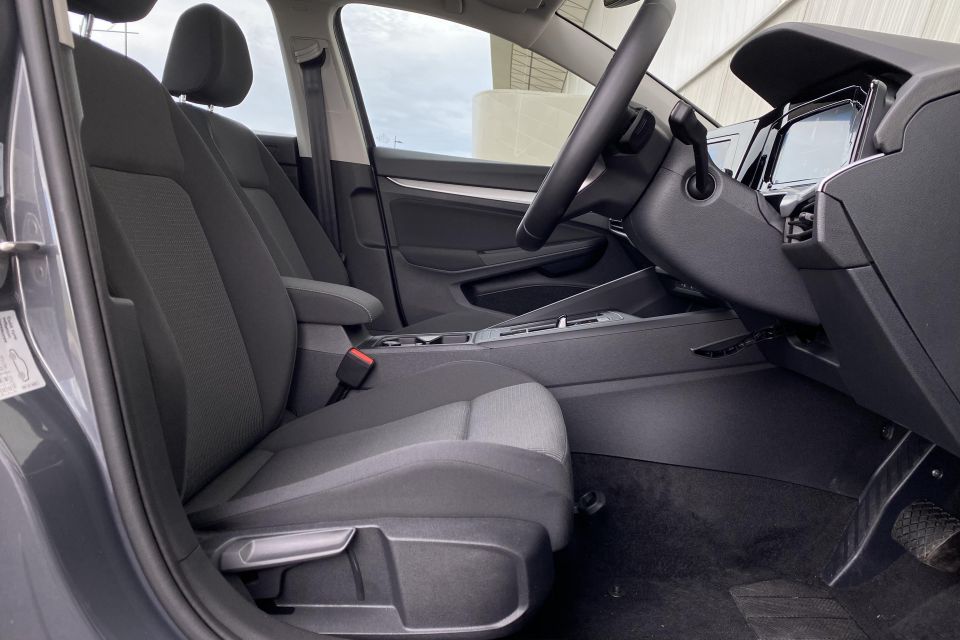

The driver-facing 8.25-inch centre touchscreen is a downgrade on other Golfs’ 10.0-inch setup, however it’s still snappy in terms of processing inputs and graphics, and shouldn’t date too quickly.
You access the home menu via a large touchpoint sort of like an iPad, and have various simple blue tiles to take you to media, phone, App-Connect (meaning Apple CarPlay and Android Auto), and other menus.
The base Golf does without inductive wireless charging and digital radio.
Below this along the tunnel there’s an open cubby with two USB-C points, a small shift-by-wire gearshift toggle behind a starter button, two cup holders, and a modest underarm console with a lid that can be set to sit at different heights.
What don’t I like so much? The reduction of buttons means climate control adjustments require you to press one button which directs you to the touchscreen, from where you can make changes. It’s simply an extra step.
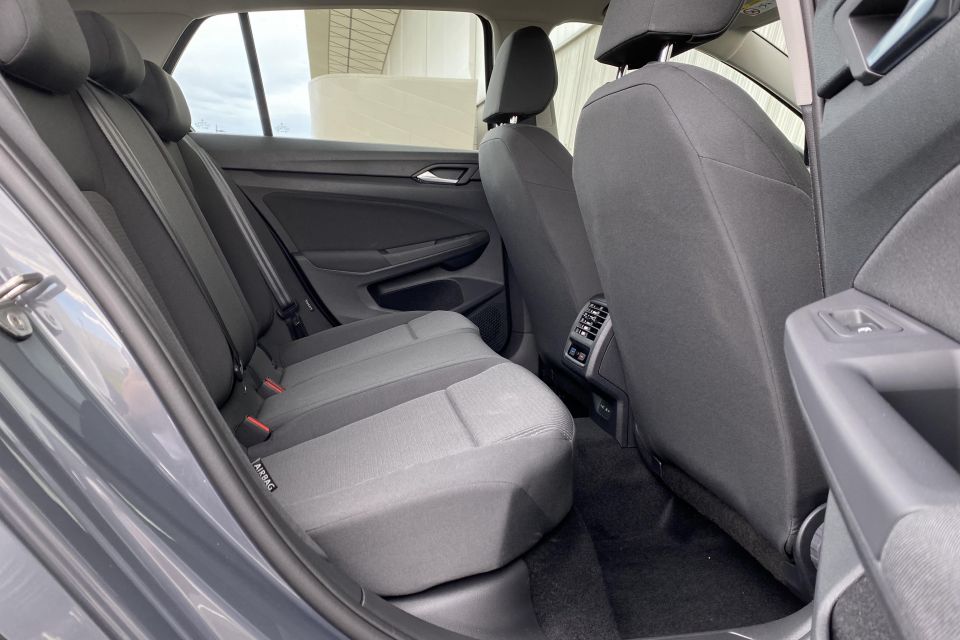
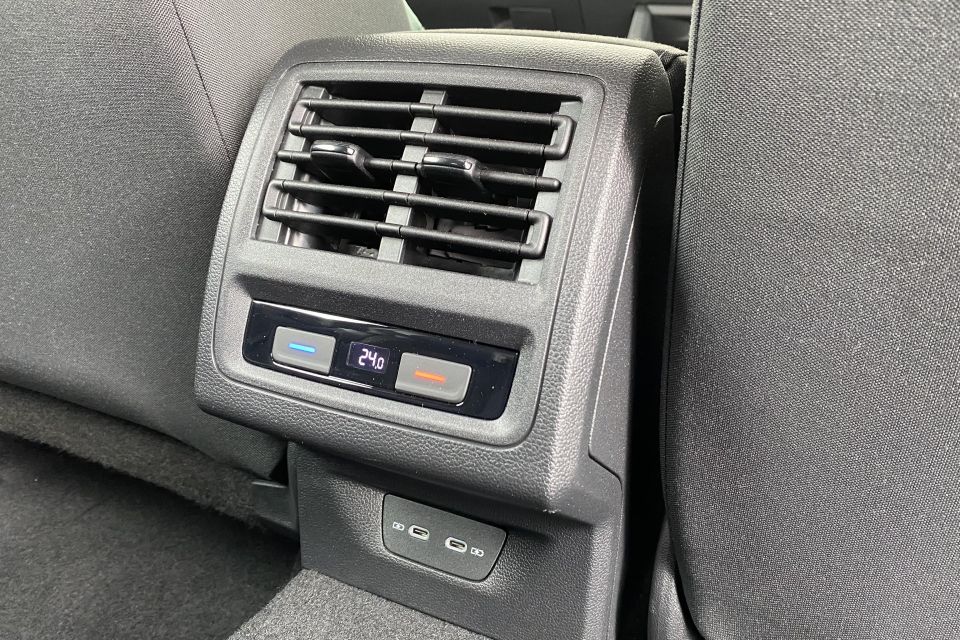
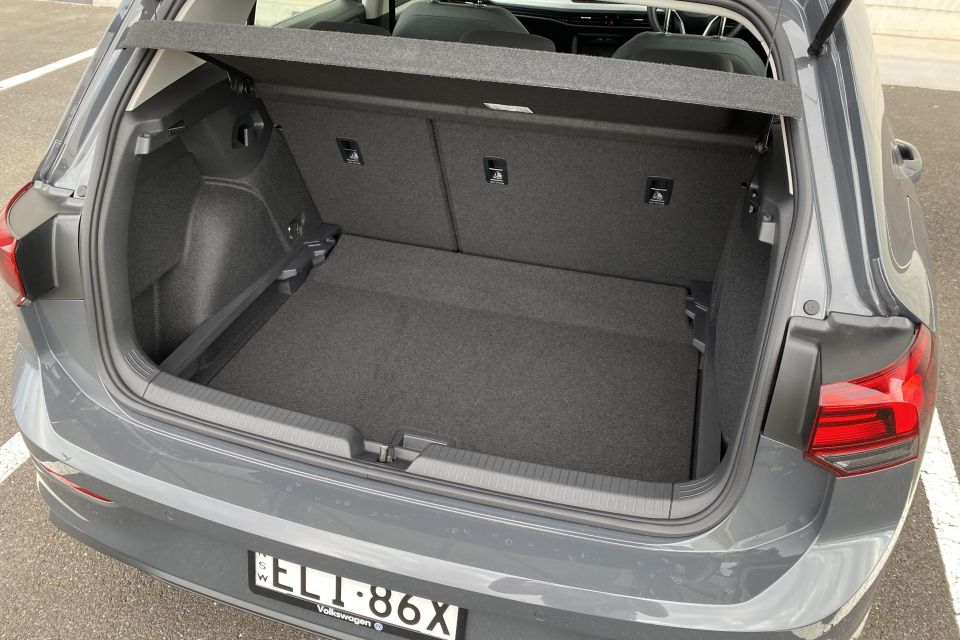
There’s also a distinct overuse of glossy black trims along the dash which as we’ve said before reflects sunlight, and shows up scratches and dust and smudges like little else. Volkswagen is no orphan here.
The back seats had enough headroom and legroom for me at 194cm tall, with good outboard visibility. It’s as spacious as any small SUV, much like it’s progenitors, merely a little lower.
Rear occupants also get vents, decent door bins, and a pair of USB-C points, and easily accessible ISOFIX child-seat points.
Ditto the boot, at 374 litres and 1003mm wide between the wheels, which is actually 6L smaller than before but comfortably out-packages a Corolla or Mazda 3. The larger Golf Wagon offers 611L of space, but costs $1600 more.
| VW Golf (Mk8) | VW Golf (Mk7.5) | |
|---|---|---|
| Length | 4284mm | 4258mm |
| Width | 1789mm | 1799mm |
| Height | 1456mm | 1452mm |
| Wheelbase | 2636mm | 2620mm |
| Boot capacity | 374L | 380L |
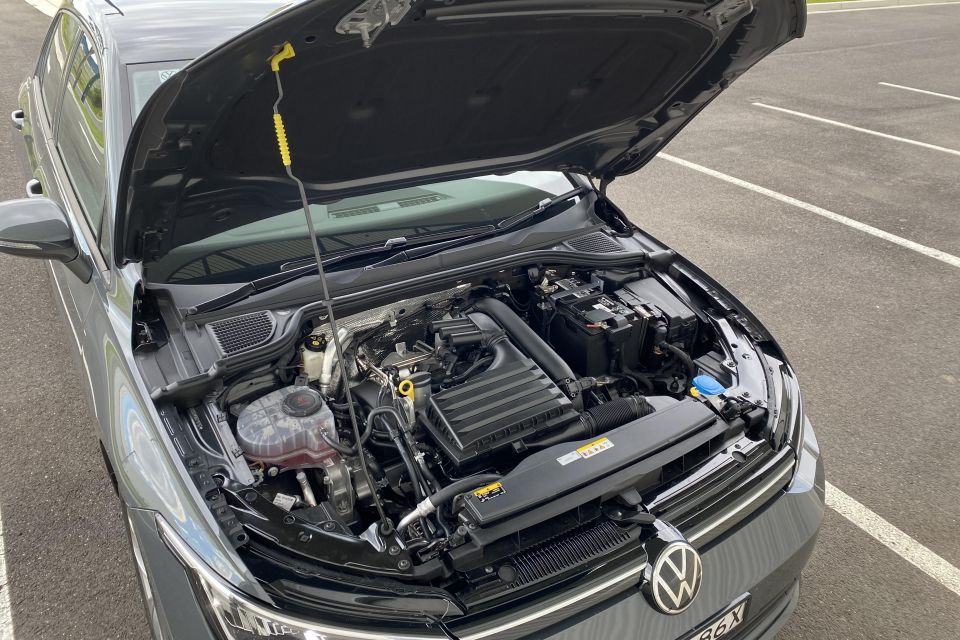
The engine used in Australia is a carryover 1.4-litre turbocharged petrol.
It puts out 110kW of power at 5000rpm (1000rpm earlier than before) and a muscular 250Nm of torque between 1500 and 4000rpm (formerly 1500-3500rpm).
The transmission is quite different however. The brand’s signature dual-clutch auto (DSG) is reserved for the Golf GTI and R now in Australia, with base variants using an eight-speed torque-converter auto supplied by Aisin.
As ever it’s front-wheel drive and requires premium fuel. Claimed combined-cycle consumption is 5.8 litres per 100km and the tank 50L. Some might complain that there’s no hybrid, but the economy is very good regardless.
European Golfs use an updated 1.5-litre engine and DSG combination tuned for Euro 6d emissions regulations, but Australia does not. Volkswagen puts blame on our fuel quality standards.
| Drivetrain | |
|---|---|
| Engine | 1.4-litre turbo petrol |
| Power | 110kW @ 5000rpm |
| Torque | 250Nm @ 1500-4000rpm |
| Transmission | 8-speed automatic |
| 0-100km/h | 8.5 seconds |
| Fuel economy | 5.8L/100km 95 RON |
| Weight | 1304kg |
| Towing capacity | 1500kg (80kg download) |

This is an excellent engine. It gets up and goes with refinement and surfs its wide torque band, offering great rolling response from any speed, and relaxed highway cruising.
It’s more refined and feels more muscular than various larger-capacity naturally-aspirated units used in the other top-selling small hatchbacks, because it delivers more guts at fewer revs.
The outputs don’t overcome the front tyres’ traction, and I matched the sprightly 8.5-second 0-100km/h claim first go. While the weight is up slightly at 1304kg the Golf is still fairly trim for a small car – and responds like it.
While the old DSG shifted more rapidly once you’re rolling, the torque-converter-style auto now fitted removes the old model’s low-speed hesitation, and lag when shifting from reverse to drive, or punching into a tight gap.
Simply put Volkswagen has taken a step backwards technologically, but the driving experience in stop/start commuting is actually better. Ditto the integration of stop/start.

It’s also quite frugal, or I found it to be. On a 100-kilometre mixed route comprising various speeds and conditions winding between Melbourne and the Yarra Valley, with little effort made to preserve fuel, I averaged 6.2L/100km.
It drives just like a base Golf should, in other ways.
The Goodyear eco tyres have plenty of cushy sidewall, accommodated by those small and non-sexy wheels. This, combined with comfort-focused spring and damper tunes, lends a really nice loping ride that irons off sharp road inputs.
Its lightweight, stiff carryover ‘MQB’ platform, and well sorted all-round independent suspension impart a nice balance of agility (the steering is quick enough but quite detached in feel) with solidity.
Volkswagen Australia’s press release makes much of the multi-link rear suspension, stating “most rivals make do with a basic back axle” – referencing the torsion beam setup in the Mazda 3 and non-turbo Hyundai i30.
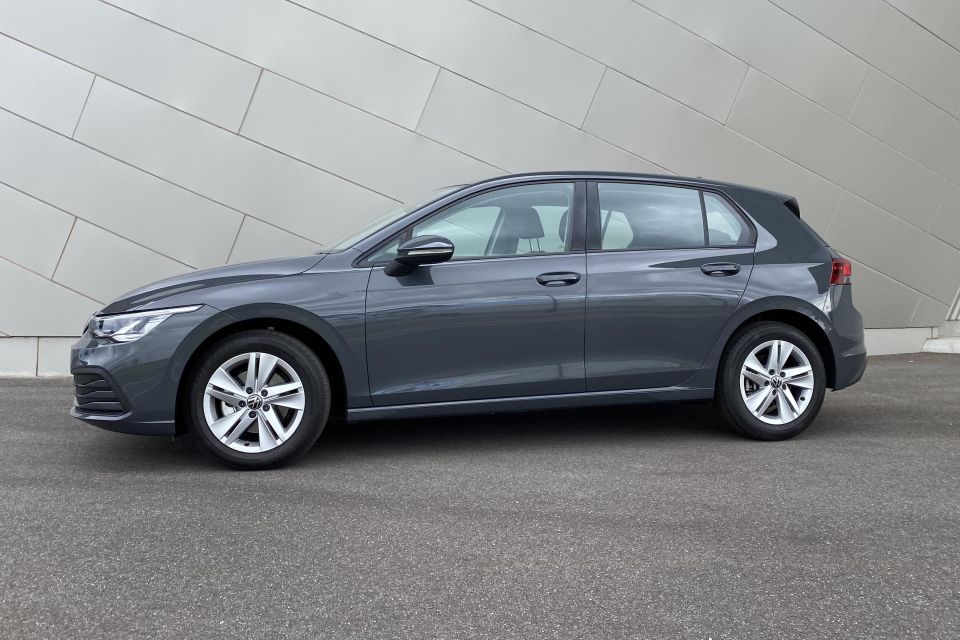
Where expert car reviews meet expert car buying – CarExpert gives you trusted advice, personalised service and real savings on your next new car.
When you do push the car along, and perhaps hit an uneven bump in-corner, you’ll notice a difference. But for A-to-B commutes less so.
Noise, vibration and harshness levels are ok, with moderate tyre roar and wind roar from the side mirrors working their way inside – perhaps somewhat attributable to the very quiet drivetrain.
The brakes have a lot of bite at the initial pedal press, which is no doubt reassuring when you’re commuting on the Autobahn.
In my experience with Golfs you rapidly acclimate to this in Australia, thankfully.
While never all that involving, the Golf’s dynamic abilities are polished to a gleam – just as we have come to expect. Quick, quiet, calm, comfortable, solid… and a little bereft of flair.
| Chassis | |
|---|---|
| Front suspension | MacPherson strut |
| Rear suspension | Multi-link independent |
| Steering | Electro-mechanical |
| Turning circle | 10.9m |
| Front brakes | Ventilated disc |
| Rear brakes | Solid disc |
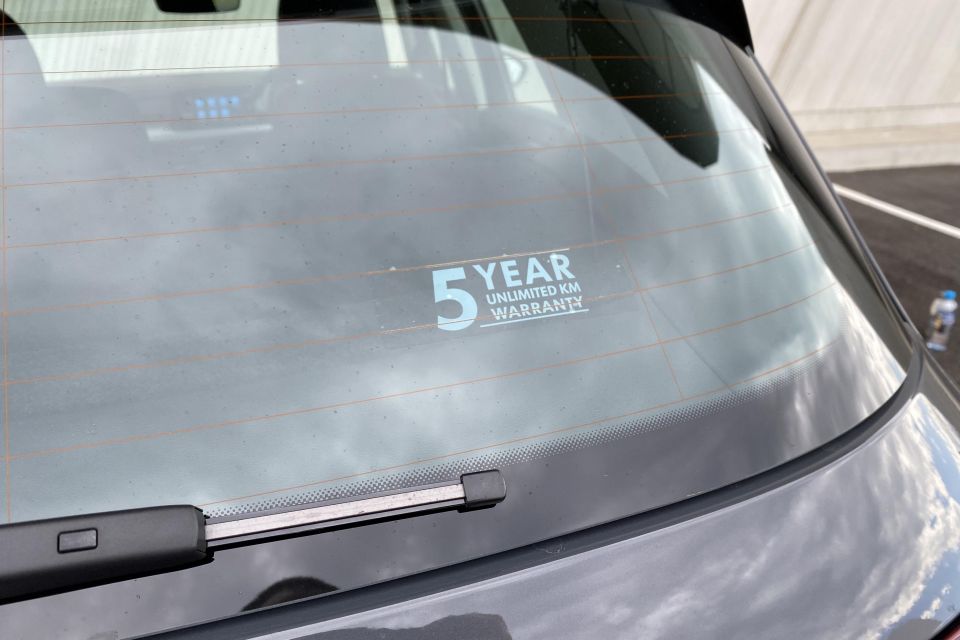
Volkswagen provides a five-year and unlimited-kilometre warranty. Servicing intervals are annual or every 15,000km, whichever comes first.
You can pay-as-you-go (first five visits cost $405, $703, $395, $999, and $395) or buy a five-year servicing plan upfront for $2100 – saving you a lazy $797.
No doubt the service plan is better value by far, although an average cost of $410 per year ($2100 divided by five years) is still high – more than double what it costs to maintain a Toyota Corolla Hybrid with identical servicing intervals.
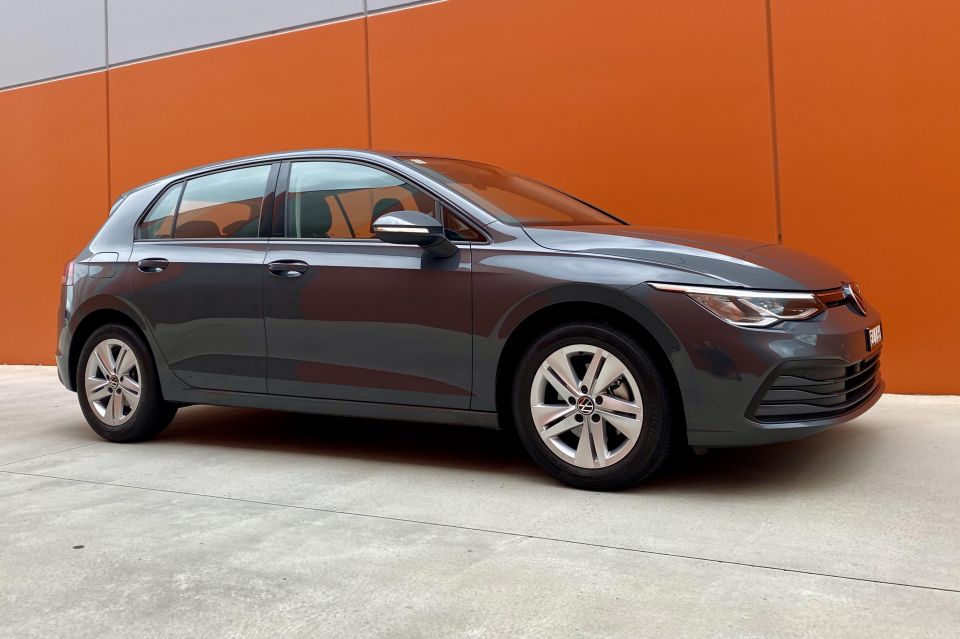
Smooth, quiet, comfortable, well-made, practical, and able to blend into its surroundings with subdued class – the latest base Golf does everything you’d expect a base Golf to do.
Still waters run deep.
But it’s a different proposition to its predecessor, with its old ‘my first Euro’ tag probably pinched by a Polo or T-Cross.
I’d be inclined to go for the Golf 110TSI Life which adds some visual appeal and interior bling for not much more. Perhaps that’s the point.
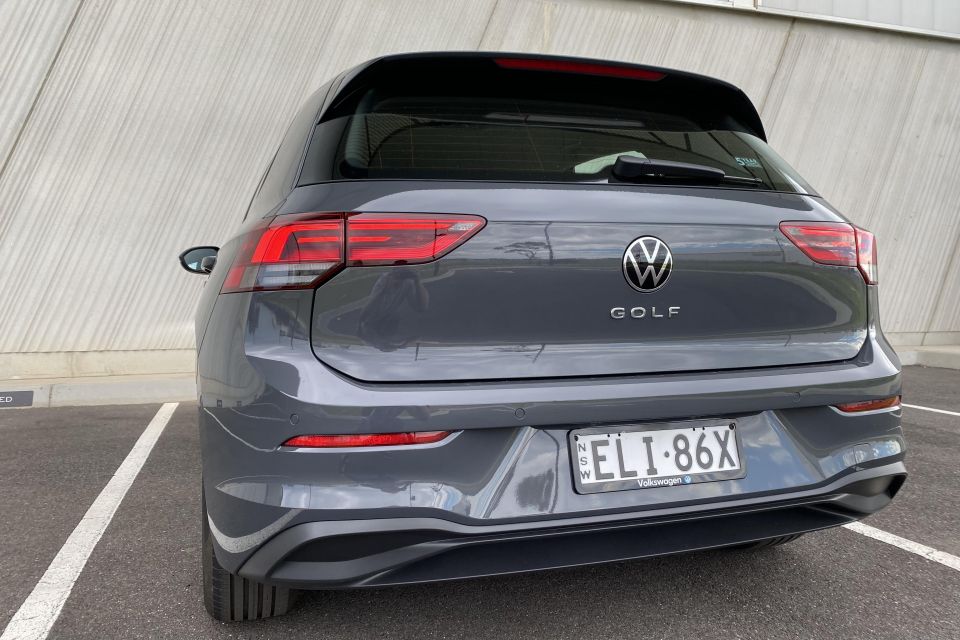
Click the images for the full gallery
Where expert car reviews meet expert car buying – CarExpert gives you trusted advice, personalised service and real savings on your next new car.


William Stopford
6 Days Ago
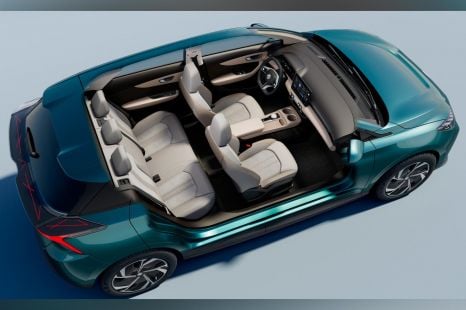

William Stopford
7 Days Ago
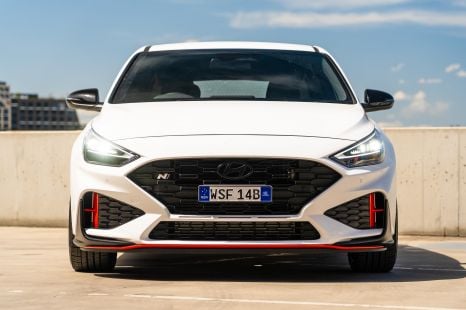

William Stopford
13 Days Ago
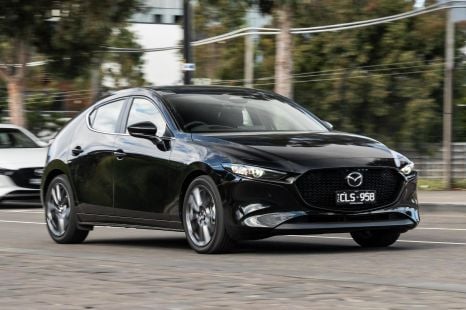

Josh Nevett
22 Days Ago
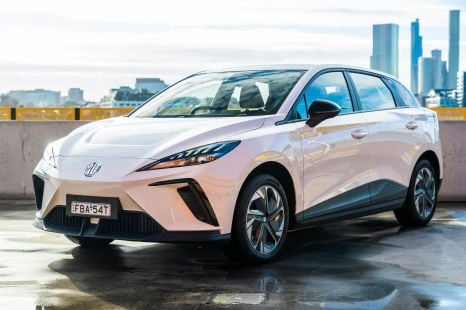

William Stopford
1 Month Ago


William Stopford
2 Months Ago